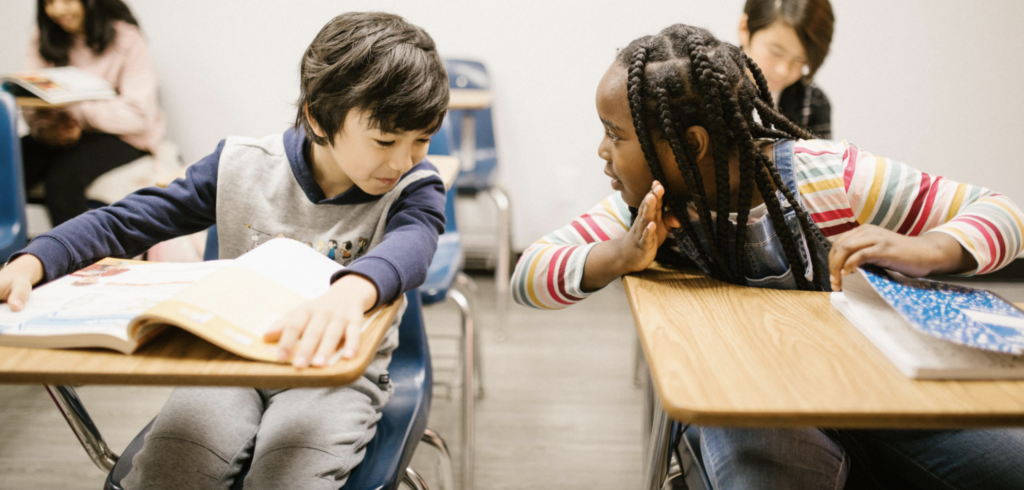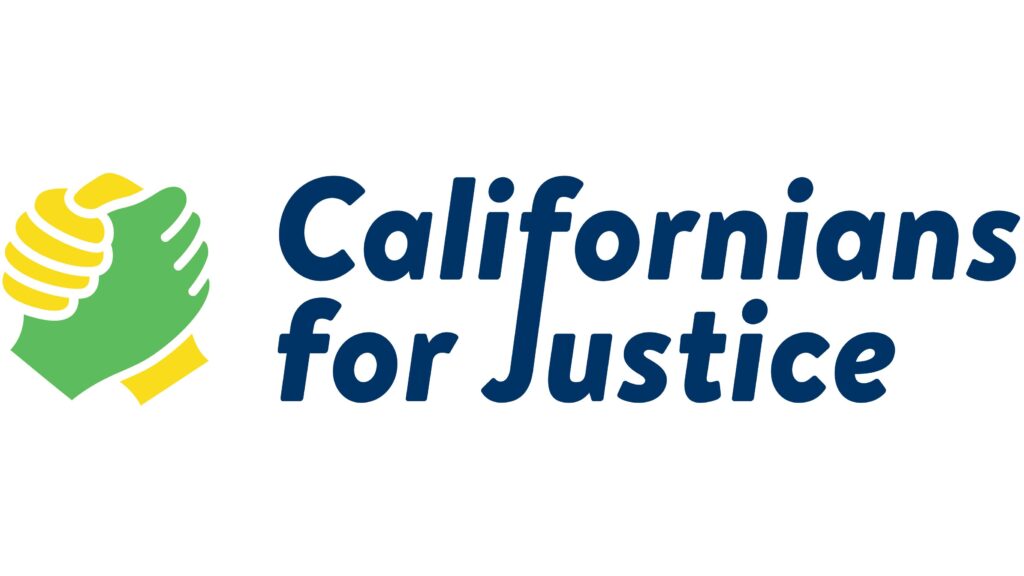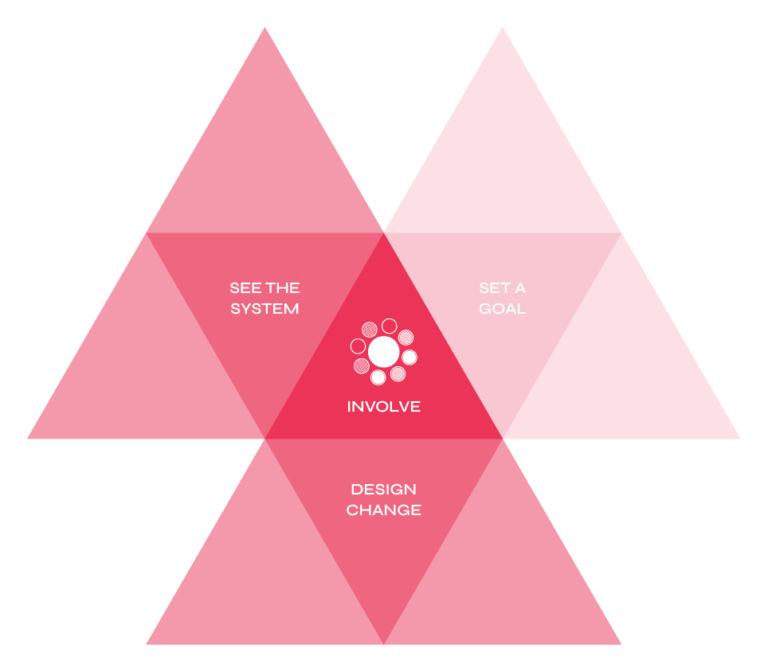Students collect, analyze, and report on systematic classroom observation data.


In some high school classrooms, students do not feel engaged, valued, or supported. And yet pedagogy often stays the same over time. Students in some California high schools were trained to conduct learning walks that explored belonging, support, relationship, equity, and engagement. They collected and analyzed data and then identified changes that they would like to see in their school. School staff then committed to changes based on students’ recommendations.
In this case study, students were involved in improvement efforts to see the system and design change. Learn more about the student-powered improvement framework here.

Student teams conduct “learning walks” using a specific observation protocol. Based on the protocol and related training, students look for indicators related to belonging, support, relationship, equity, and engagement. They collect data, analyze the data together, and then identify changes that they would like to see in their school. Students then work with school staff to arrive at commitments to action.
Students are the main “customer” in schools and can offer tremendous insight into how to improve classrooms. Student-led learning walks center student voice and expertise in the process of instructional improvement.
The learning walks follow a five-phase process:
The process is framed by a set of principles that trainers review as part of “getting ready.” For example:
Everything else you need to know about Student-led Learning Walks is described in this protocol developed by Californians for Justice.
The learning walk protocol itself begins by acknowledging that students are the experts about their own experience. It states, “Students are the main client or customer in schools and possess tremendous insight into how to create classrooms that are characterized by a sense of belonging, positive relationships, teachers who address bias and advance equity, relationships that are positive and not punitive, and actively engaged and empowered learners.”
Student-led learning walks are designed to be used regularly, in order to provide ongoing feedback from students’ perspectives. The learning walks are also just one of many ways that students are involved in the schools where the protocol is in use. “This is just a piece of what is happening to build partnerships,” said Geordee Mae Corpuz, Strategy Director at Californians for Justice. “The administration is now continually partnering with students to gather information about what is actually happening at the school.”